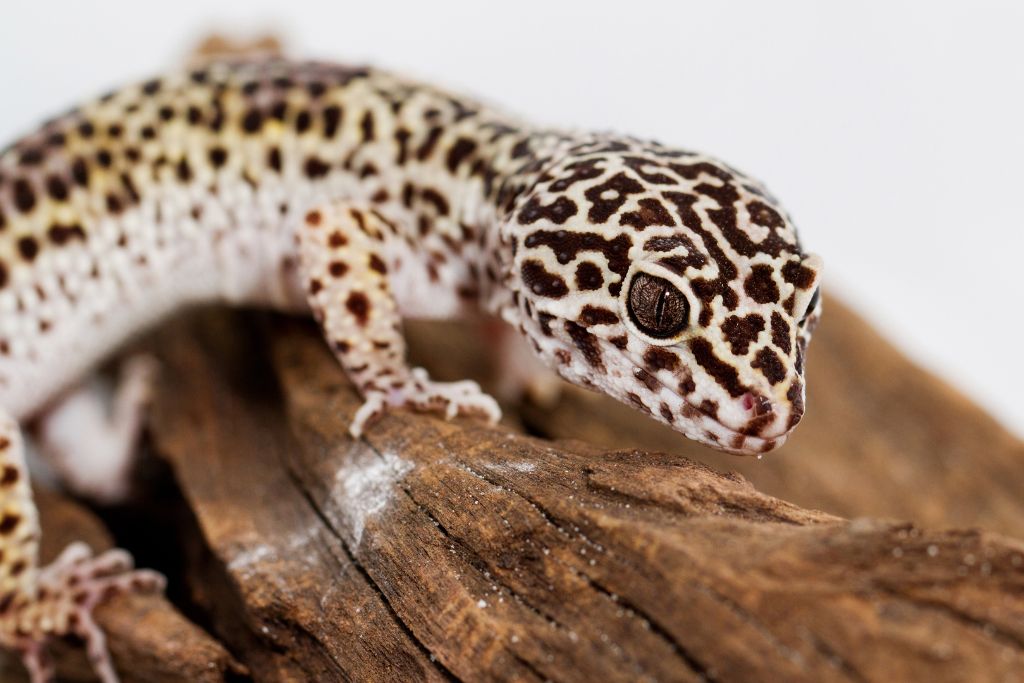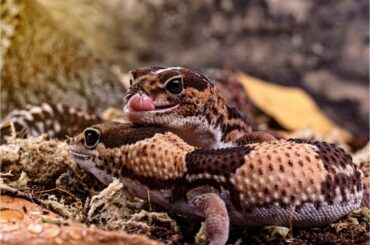Do leopard geckos enjoy company, or are they lone rangers in the animal kingdom? Ever wonder how these fascinating creatures interact with each other? Questions like these often pop up for pet owners and reptile enthusiasts alike.
Leopard geckos, known for their striking appearance and docile nature, intrigue many. Yet, their social behavior remains a subject of curiosity. Some reptiles prefer solitude, while others thrive in groups. Where do leopard geckos fit in this spectrum?
This article aims to unravel the mystery surrounding the social lives of leopard geckos. We’ll delve into scientific studies, expert opinions, and observations from pet owners to answer the burning question: are leopard geckos social animals?
So, let’s embark on this exciting journey to understand these captivating creatures better.
The Natural Behavior of Leopard Geckos
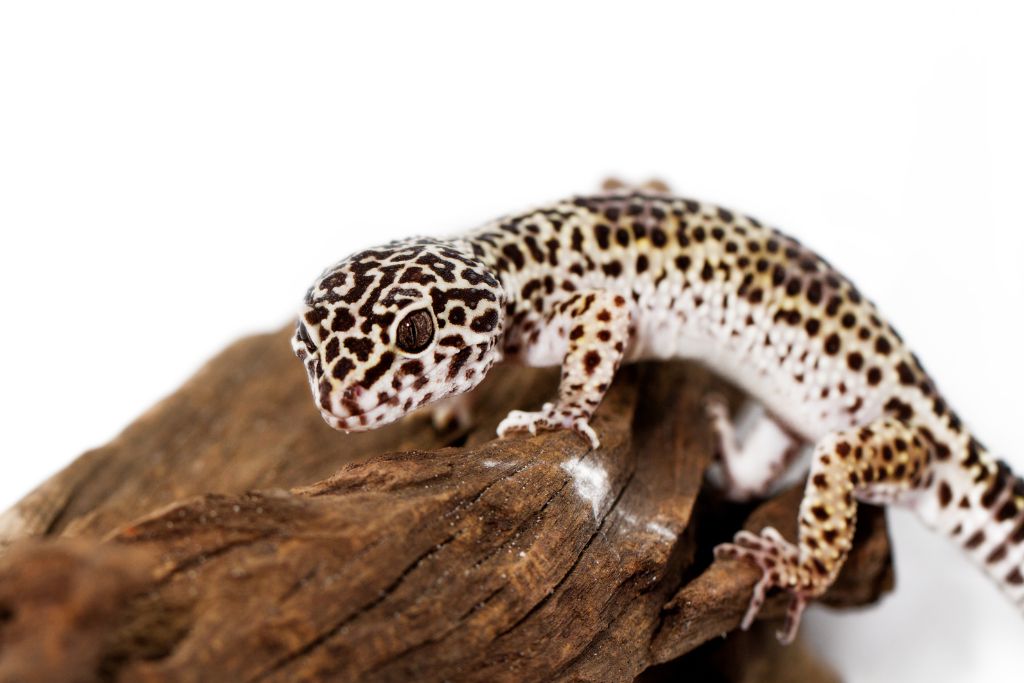
Leopard geckos come from dry places like Afghanistan, Pakistan, and India. Rocky areas serve as their hideouts, offering shelter from predators and the intense sun. At night, they go out to hunt for insects and small prey. Features like eyelids and a detachable tail equip them well with their surroundings. Generally, they prefer to live alone in the wild.
They mark their territory with scent glands and usually avoid other geckos. This territorial nature is a survival mechanism, helping them secure enough food and a safe hiding place.
Social vs. Solitary Behavior
Some animals, such as wolves and dolphins, thrive in groups and depend on intricate social behaviors to survive. They hunt together, raise their young collectively, and even establish social hierarchies.
Solitary animals, on the other hand, prefer to go it alone. They hunt, sleep, and live without the need for a group.
Leopard geckos generally fall into the solitary category. While they might tolerate another gecko in captivity, their natural inclination leans toward solitude. They don’t form packs, nor do they share their territory willingly. Putting two male leopard geckos together often leads to aggressive behavior.
Insights from Research
Various studies have delved into the social behavior of leopard geckos. One study observed that leopard geckos exhibited signs of stress when placed in a shared environment, such as increased pacing and reduced feeding.
Research shows that female leopard geckos usually pick solitude over sharing space with another gecko when given the option.
This backs up the idea that they’re mostly lone creatures by nature. While they can adapt to living with other geckos in captivity, their preference seems to be for a solitary existence. So, if you’re considering getting a leopard gecko, you must understand they are most comfortable with their space.
Factors Influencing Social Behavior
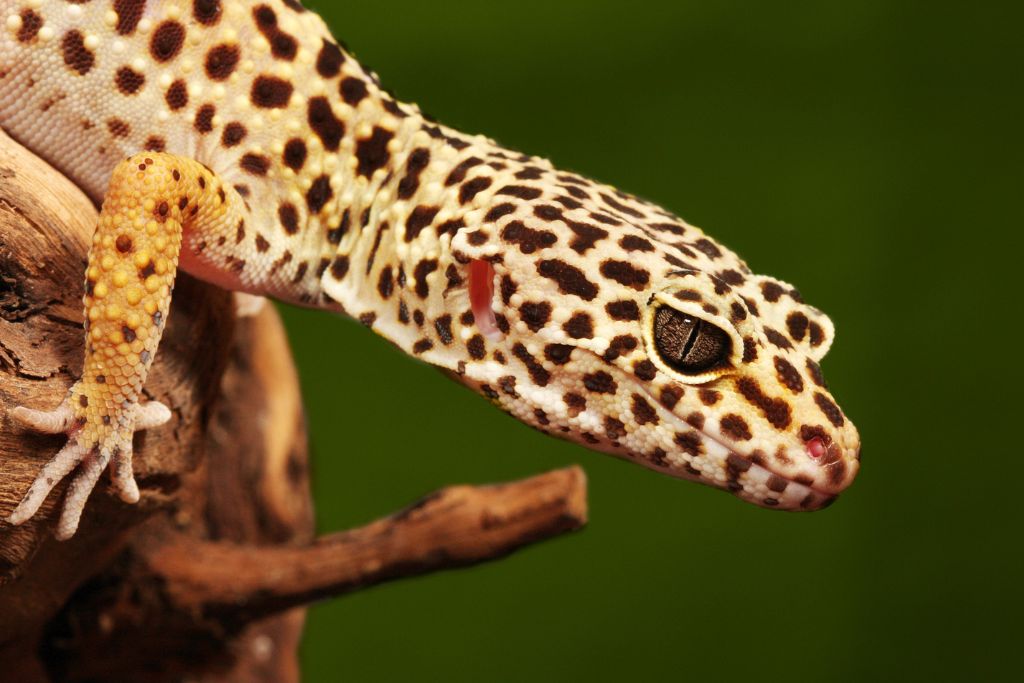
Leopard geckos have complex social behaviors that aren’t easily categorized. Their interactions can vary, influenced by multiple factors. Let’s dive into some of these critical environmental elements.
Temperature
Temperature plays a significant role in leopard gecko behavior. In colder conditions, you might find them huddling together for warmth. But don’t mistake this for social bonding; it’s more about survival.
Habitat
The type of habitat can also affect social interactions. In spacious environments with plenty of hiding spots, leopard geckos are less likely to cross paths. Less interaction means less conflict.
Resource Availability
When food and water are abundant, leopard geckos show less aggression toward each other. Scarcity, on the other hand, can lead to territorial disputes and heightened stress levels.
Communication and Social Signals
Leopard geckos may prefer solitude, but they have ways to communicate when they meet. So, what secret codes do they use to talk to each other?
Vocalizations
Though generally quiet, leopard geckos can make chirping sounds. This usually happens when they feel threatened or want to signal something to another gecko.
Body Language
Tail movements and postures serve as non-verbal cues. A raised tail often indicates excitement or curiosity, while a wagging tail can indicate irritation or a warning to stay away.
Other Social Signals
Scent marking is another form of communication. Leopard geckos have scent glands that they use to mark their territory. This helps them avoid unwanted encounters and establish personal space.
Benefits and Risks of Social Housing
Keeping leopard geckos together in the same enclosure presents both opportunities and challenges. While some benefits exist, risks also lurk around the corner. Let’s examine both sides of the coin.
Benefits of Social Housing
Though generally solitary, leopard geckos can sometimes benefit from shared living spaces. But what exactly are these perks?
- Reduced Stress: Sometimes, having a companion can reduce stress levels, especially for younger geckos.
- Stimulation: Interaction with another gecko can provide mental stimulation, breaking the monotony of a solitary life.
- Efficient Use of Space: If you’re short on room, housing two female geckos together can be a space-saving solution, provided they get along.
Risks of Social Housing
While the idea of social housing sounds appealing, it has its pitfalls. What should you watch out for?
- Aggression: Two males in the same space often fight, sometimes leading to injuries.
- Competition for Resources: Food, water, and hiding spots become contested commodities, causing stress and potential conflict.
- Spread of Disease: If one gecko falls ill, the other is at risk of catching the illness, complicating healthcare needs.
If you’re considering housing leopard geckos together, weigh these benefits and risks carefully. Make sure you monitor their behavior closely to ensure a harmonious living situation.
Individual Variation in Social Behavior
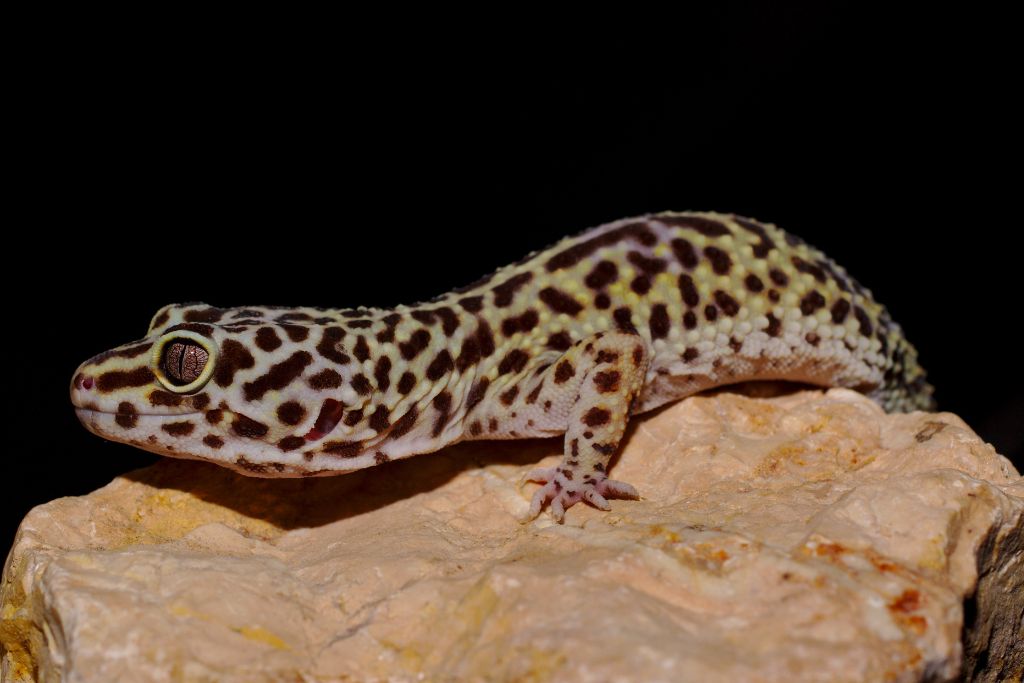
Not all leopard geckos act the same when it comes to social behavior. Some might be more open to sharing space, while others prefer solitude. Remembering that each gecko has its own set of preferences and tendencies is crucial. Genetics and individual temperament can influence how social a leopard gecko is.
Some might be naturally more curious and open to interaction, while others could be more reserved or aggressive. Breeders have noticed that certain genetic lines of leopard geckos tend to be more docile, suggesting that social behavior can be somewhat inherited.
Understanding each gecko’s unique behavior is vital, especially if you’re considering housing more than one together. Observation is key. Watch how they interact with you and with other geckos. Note any signs of stress or aggression and adjust their living conditions accordingly.
By taking the time to understand each gecko’s individual needs and preferences, you’ll be better equipped to provide a happy and healthy environment for them.
Conclusion
Leopard geckos captivate us with their complex social behaviors. Each one is unique, shaped by its own genetic makeup and temperament, so their social needs can differ a lot.
If you own a leopard gecko, focus on its well-being first and foremost. Observe its behavior closely before deciding to house it with others. With these insights, you can build a home that ensures your pet’s happiness and health.
FAQs
Do Leopard Geckos Get Lonely?
No, leopard geckos are generally solitary animals and don’t get lonely.
Do Leopard Geckos Like to be Alone?
Yes, they usually prefer solitude and are most comfortable when they have their own space.
Do Leopard Geckos Need Social Interaction?
Not really. While they can adapt to living with other geckos, their natural inclination is toward a solitary lifestyle.

